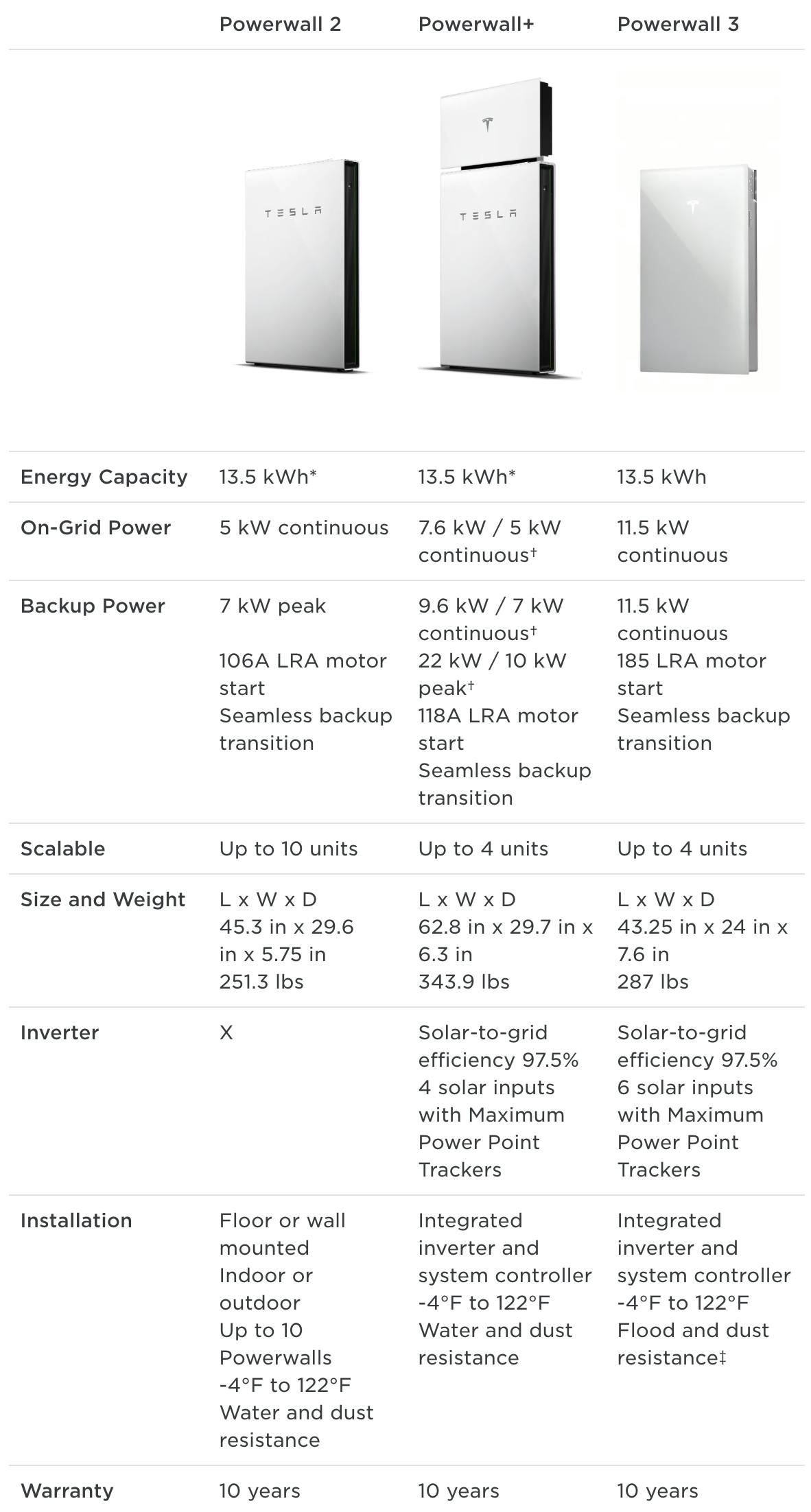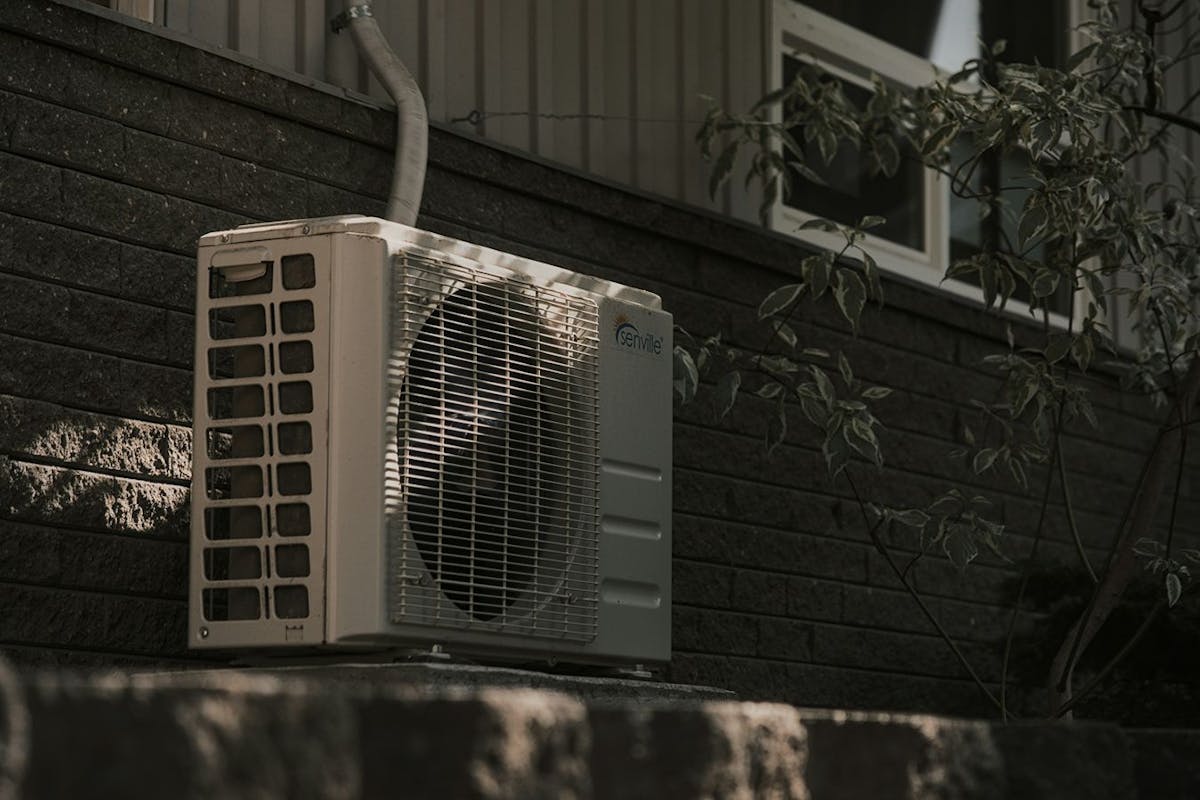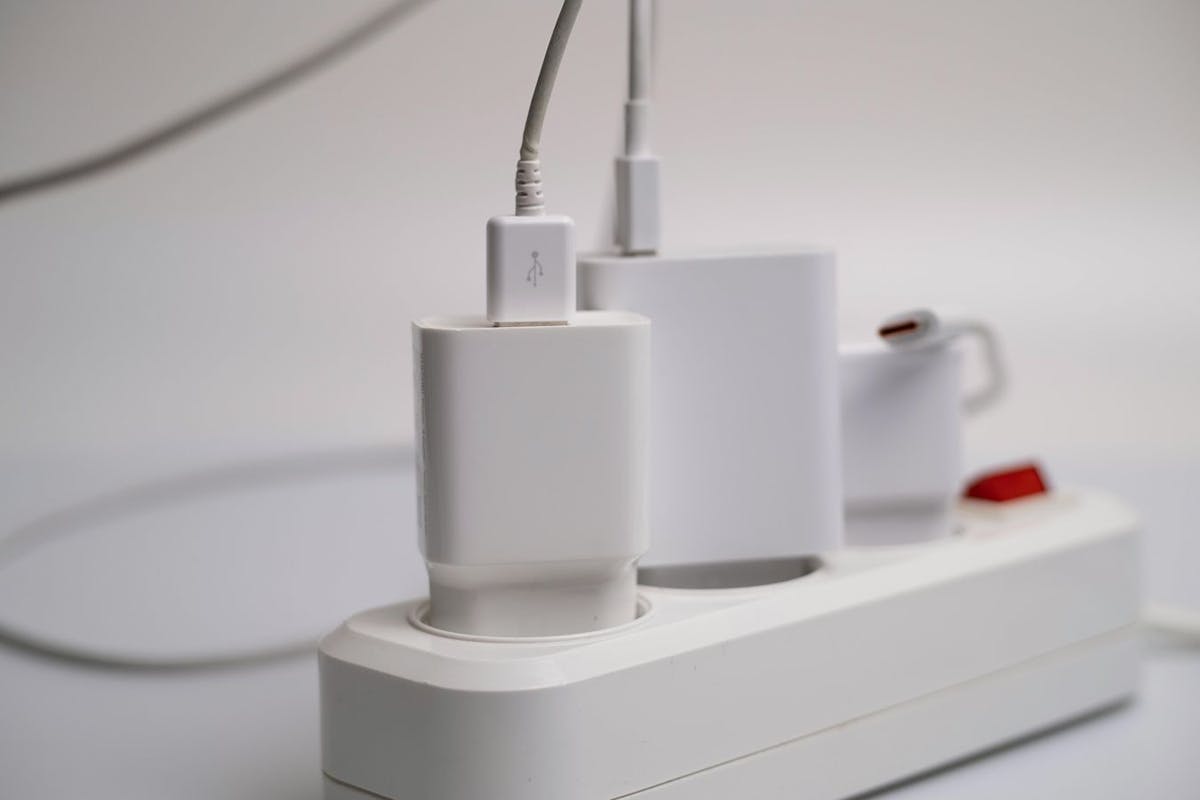Tesla Powerwall Guide: Price, Performance, and Savings
Last edited

Author
Andrew Giermak
Solar and Electrification Writer and Editor

Editor
Andrew Blok
Electrification and Solar Writer and Editor

Home battery installations have rocketed up in recent years. In 2024, 57% more home batteries were installed than the year before. That's because, at least in part, most home batteries can provide some backup power during an outage. In some places, like California, they're key to really unlocking home solar panel savings.
Tesla's Powerwall has long been one of the most popular solar batteries. If you're considering home energy storage, you've likely come across it. Here's what you need to know about the capabilities, specifications, and price of a Tesla Powerwall.
See how much you can save by going solar with Palmetto
What Is a Tesla Powerwall?
A Tesla Powerwall is an energy storage battery meant primarily for home use that can store electricity from a solar system or the utility grid. It can provide power during an outage, when utility rates are more expensive, or at night.
The Tesla Powerwall can deliver three key benefits to homeowners.
- Backup power: With a home battery fully charged, you can power your lights and other essential appliances during grid power outages.
- Energy independence: When installed with solar, the Powerwall can decrease your dependence on grid-supplied power by providing stored power overnight or during peak billing hours and helping you take advantage of net metering policies.
- Financial incentives: Home batteries like the Powerwall can be used to significantly lower time-of-use rate bills or participate in electricity-sharing programs known as virtual power plants.
Tesla Powerwall vs Whole House Generator
While whole-house generators are reliable devices that have kept homes running for decades, the Powerwall and products like it deliver many advantages over gas-powered generators.
- Safety and maintenance: Compared to the physical fueling, gasoline purchases, safety precautions, and required maintenance of generators, using battery storage is a walk in the park for most users.
- Lower lifetime costs: Although batteries may be more expensive than gas generators upfront, lithium-ion technology and solar power can significantly lower long-term costs per kWh.
- Reduced noise and emissions: Home generators often produce both unpleasant noises and emissions. On the other hand, Powerwalls have a low operating noise of < 50 dBA and don’t produce the emissions of generators.
- Smarter technology: Advanced home batteries like the Powerwall are also intelligent, grid-capable devices that can be controlled with a mobile app, connected with other smart devices, or used to earn electricity bill credits through energy sharing.
See how much you can save by going solar with Palmetto
Tesla Powerwall Product Specifications
Three Powerwall models are currently available – the Powerwall 2, Powerwall+, and Powerwall 3 – with specifications as outlined in the image from Tesla below.

Screenshot of tesla.com.
Price of a Tesla Powerwall
Buying a single Tesla Powerwall costs $8,000 and up and installation generally costs $4,000 or more for most systems and most homes. The local cost of labor and permitting and the number of Powerwalls you buy can all affect the cost.
When installing a high-powered device like the Tesla Powerwall, some properties (especially older homes) may require an electrical panel upgrade, which can also add significant costs to your project. Additionally, the price of a Powerwall may be affected if you bundle it with other products, like solar or EV charging equipment.
You may be able to claim the Residential Clean Energy Credit for up to 30% of the total project costs and any locally available incentives through your state, city, or utility. The Residential Clean Energy Credit is now slated to expire at the end of 2025.
What to Know Before You Buy a Powerwall
Before you purchase a Powerwall (or multiple Powerwalls), there are a few things to consider, including where you will have your equipment installed. Powerwalls can be mounted on the floor or wall, both indoors and outdoors.
While installations are most commonly found in garages or basements, all home batteries must be installed up to the local and national building and electrical codes. For both safety and legal reasons, Powerwalls also must only be installed by Tesla-certified professionals.
How many Powerwalls should I get?
The number of Powerwalls you should get depends on several factors, including your consumption habits, available installation space, and total budget.
Tesla Powerwall vs Other Solar Batteries
If you’re interested in battery storage, there are many energy storage alternatives available now.
Electricity storage is one of the fastest-growing technologies in the clean energy arena, and before purchasing a Powerwall, you may want to explore other options that may be a better fit for you. Other popular companies include SolarEdge, Enphase, Schneider Electric, and many more.
Ultimately, whether you are considering a Tesla Powerwall, solar panels, home electrification, or any other home energy upgrade, consulting a professional can help you understand and explore your sustainable electricity choices.
See what you could save with solar and other home energy upgrades by exploring Palmetto's Energy Advisor.
See what solar can do for you:
Frequently Asked Questions
What are Tesla Powerwall competitors?
The home battery market is getting larger and more competitive. Some companies with energy storage products and systems include SolarEdge, Enphase, Schneider Electric, and more.
Do I need a battery to go solar?
No, you can go solar and have many of the benefits of home solar power without a battery or an energy storage system. Without a battery, your home will draw electricity from the utility power grid when your solar system isn’t generating electricity, like at night.
What is the price of a Powerwall?
The price of a Powerwall will vary a bit by location, quirks of your installation site, and the number of batteries you're having installed. A single Powerwall can cost you $8,000 or more. In some areas they can pay for themselves with savings.
What are the benefits of a Tesla Powerwall?
A Tesla Powerwall gives users energy storage with the ability to store power from solar or your local utility. It’s a power source for use during outages, to send power to the grid when it’s most valuable, or to avoid peak utility rates.
Disclaimer: This content is for educational purposes only. Palmetto does not provide tax, legal, or accounting advice. Please consult your own tax, legal, and accounting advisors.


